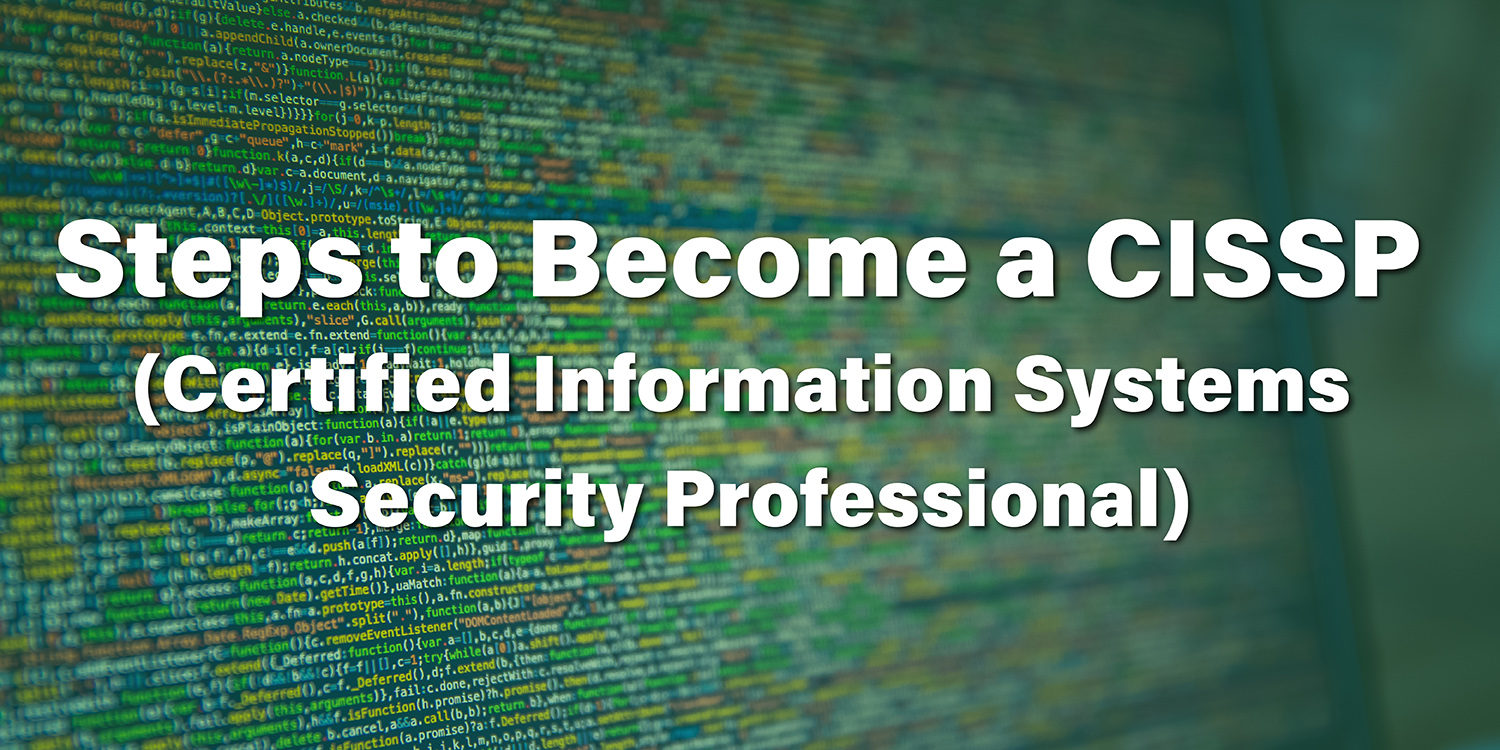A CISSP certification is considered to be the seasoned employee or consultant, usually with a title like the security manager, security analyst, chief information security officer, and much more. This person is required to have five or more years, and should thorough knowledge of the IT threat landscape, including emerging as well as advanced persistent threats, as well as controls and technology to minimize attack surfaces. Also, it is very difficult to clear the same and hence you would require lots of studies and hard work, unless you have some good study dumps, like that offered at the SPOTO Club.
Here's what you would need to become a CISSP through (ISC)2
Obtaining five years of security work experience
You are required to be able to show proof of five paid full-time years of work experience in at least two of the eight CISSP Common Body of Knowledge (CBK) domains, which are Asset Security, Security Engineering, Security and Risk Management, Communications and Network Security, Security Assessment and Testing, Security Operations, Identity and Access Management, and Software Development Security. On-the-job experience is crucial for both the exam as well as the certification process
Prepare for and clear the CISSP exam
Next, you are required to complete the CISSP exam with a minimum score of 700 out of 1,000. The exam is considered to be about six hours long and includes a mix of multiple-choice and advanced innovative questions. It would be costing about $699. The (ISC)2 CISSP webpage would be offering a download of the exam outline and a link to a Study App, a study guide, practice tests, as well as a host of other exam-prep aids. You could also obtain the official textbook as well as test your knowledge with FlashCards for CISSP. If you would be needed more than self-study materials, (ISC)2 and a lot of third parties would be offering CISSP classroom as well as online training. Training costs would be varying widely, but the online self-paced course would be costing you about $2,795 through (ISC)2. Classroom-based training would cost appreciably more.
Get endorsed to become a CISSP
Once you have completed the CISSP exam, you would have to subscribe to the (ISC)2 Code of Ethics as well as complete an endorsement form for becoming a CISSP. The endorsement form is required to be signed by another (ISC)2 certified professional who would be verifying your professional work experience. You are required to submit the completed form within nine months of clearing your exam to become fully certified because clearing the exam wouldn’t be able to automatically grant you certification status.
Beyond the CISSP
It would seem that go-getters are always looking for a way of moving on or up. Once you would gain your CISSP, you would be interested in specializing in architecture, management or engineering, perhaps for another boost in pay. The (ISC)2 program would be offering the concentrations in those areas for CISSP credential holders, called ISSEP, ISSAP and ISSMP, respectively.
Considering that virtualization security, as well as cloud computing, has become quite important in the IT space over the last few years, there's one more advanced-level (ISC)2 certification which you could consider: the Certified Cloud Security Professional, or CCSP. This certification is formulated in cooperation between (ISC)2 as well as the Cloud Security Alliance (CSA), which aims at folks who would be procuring, secure as well as manage cloud infrastructures or who purchase cloud services. The CCSP would be required five years of relevant on-the-job experience, but you could utilize the CISSP to substitute for the entire requirement.
So, now you have acquired all the information regarding the CISSP, you should check out the courses, which are being offered at the SPOTO Club.
More Recommended Articles
1. Free Download CISSP Course Material that You Really Need
2. Tips for Passing the CISSP Exam in First Try
3. How to Become a Certified Information Systems Security Professional (CISSP)?
4. How about the Average Salary of Getting a CISSP Certification?

 Join Telegram Study Group ▷
Join Telegram Study Group ▷














